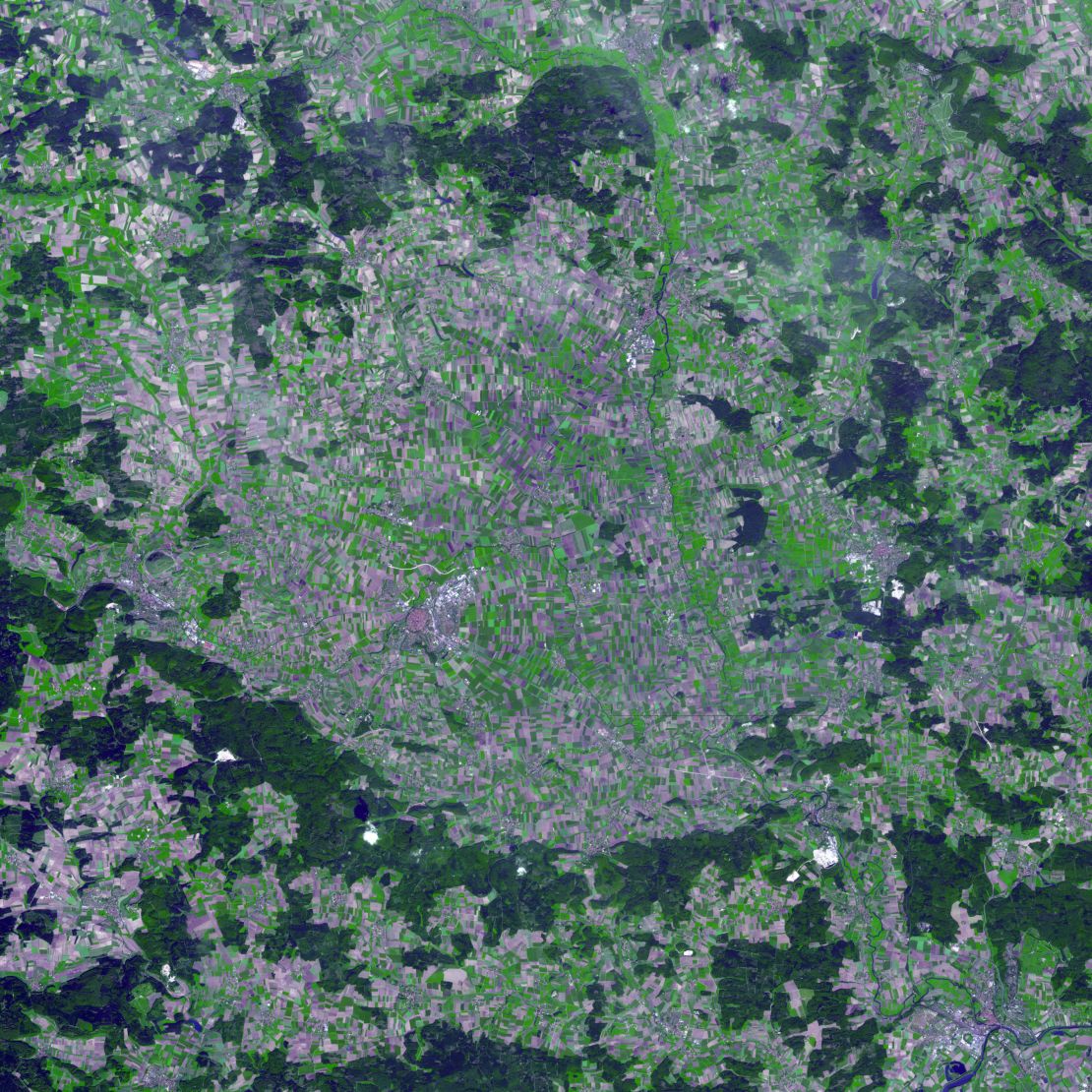While it’s not possible to go back in time and see if Mars truly was habitable billions of years ago, scientists are investigating the next best possibility: ancient meteorite impact sites on Earth. And there just happens to be a very Mars-like one in southern Germany.
Today, Mars is a frozen desert with a thin atmosphere, too cold for liquid water to remain on the surface.
“Overwhelming evidence exists that Mars had liquid water oceans roughly 4 billion years ago,” said Tim Lyons, University of California, Riverside distinguished professor of biogeochemistry and author of a new study exploring Mars’ past. “The question that drives our interests isn’t whether there’s life on present-day Mars. We are driven instead by asking whether there was life on Mars billions of years ago, which seems significantly more likely.”
But if water existed on the Martian surface before, how was it possible? Mars is further away from the sun than Earth, and billions of years ago, the sun didn’t throw off as much heat as it does now.
The planet’s protective magnetic field mysteriously disappeared around 4.2 billion years ago as Mars cooled after forming. The sun’s solar wind then stripped away the Martian atmosphere, leaving behind the thin one the planet has today.
Scientists believe the atmosphere was a key component for a warm, wet Mars that may have once hosted life.
“To have made the planet warm enough for liquid surface water, its atmosphere would likely have needed an immense amount of greenhouse gas, carbon dioxide specifically,” said Chris Tino, co-first-author of the paper and University of California, Riverside graduate student.
Currently, we don’t know the carbon dioxide content of Mars’ ancient atmosphere. So the researchers turned to the Nordlinger Ries crater in southern Germany. It was created by a meteorite impact 15 million years ago and features intriguing layers of well-preserved rocks and minerals. That geology and the chemistry of the site act as a good analog for the Martian surface, the researchers said.

“Ries crater rock samples have ratios of nitrogen isotopes that can best be explained by high pH,” said Eva Stüeken, co-first author of the study and lecturer at the University of St. Andrews in Scotland. “What’s more, the minerals in the ancient sediments tell us that alkalinity was also very high.”
High-pH alkaline lakes are among the most productive ecosystems on Earth and prime targets in the search for life on Mars, according to the study, which published Wednesday in the journal Science Advances.
While the researchers don’t think complex life forms like animals were likely on Mars when it could have hosted life, they believe microorganisms could have existed in Martian bodies of water. Large amounts of carbon dioxide in the Martian atmosphere would likely create minerals high in alkalines and nitrogen isotopes that remain behind in craters on the surface. Those craters were likely once full of water.
Understanding the alkalinity, pH and nitrogen that might have been in ancient Martian water would also reveal the carbon dioxide content in its ancient atmosphere. That would shed light on whether Mars was once warm enough to support life.
The observations of high pH and nitrogen isotopes in the Nordlinger Ries crater suggest these indicators serve as a “powerful proxy” on the Martian surface, according to the study.
“Before this study, it wasn’t clear that something as straightforward as nitrogen isotopes could be used to estimate the pH of ancient waters on Mars; pH is a key parameter in calculating the carbon dioxide in the atmosphere,” Tino said.
The Mars 2020 rover will land in a similar crater next year, collecting samples that will be returned to Earth in a future mission.
“It could be 10 to 20 years before samples are brought back to Earth,” Lyons said. “But I am delighted to know that we have perhaps helped to define one of the first questions to ask once these samples are distributed to labs in the US and throughout the world.”










